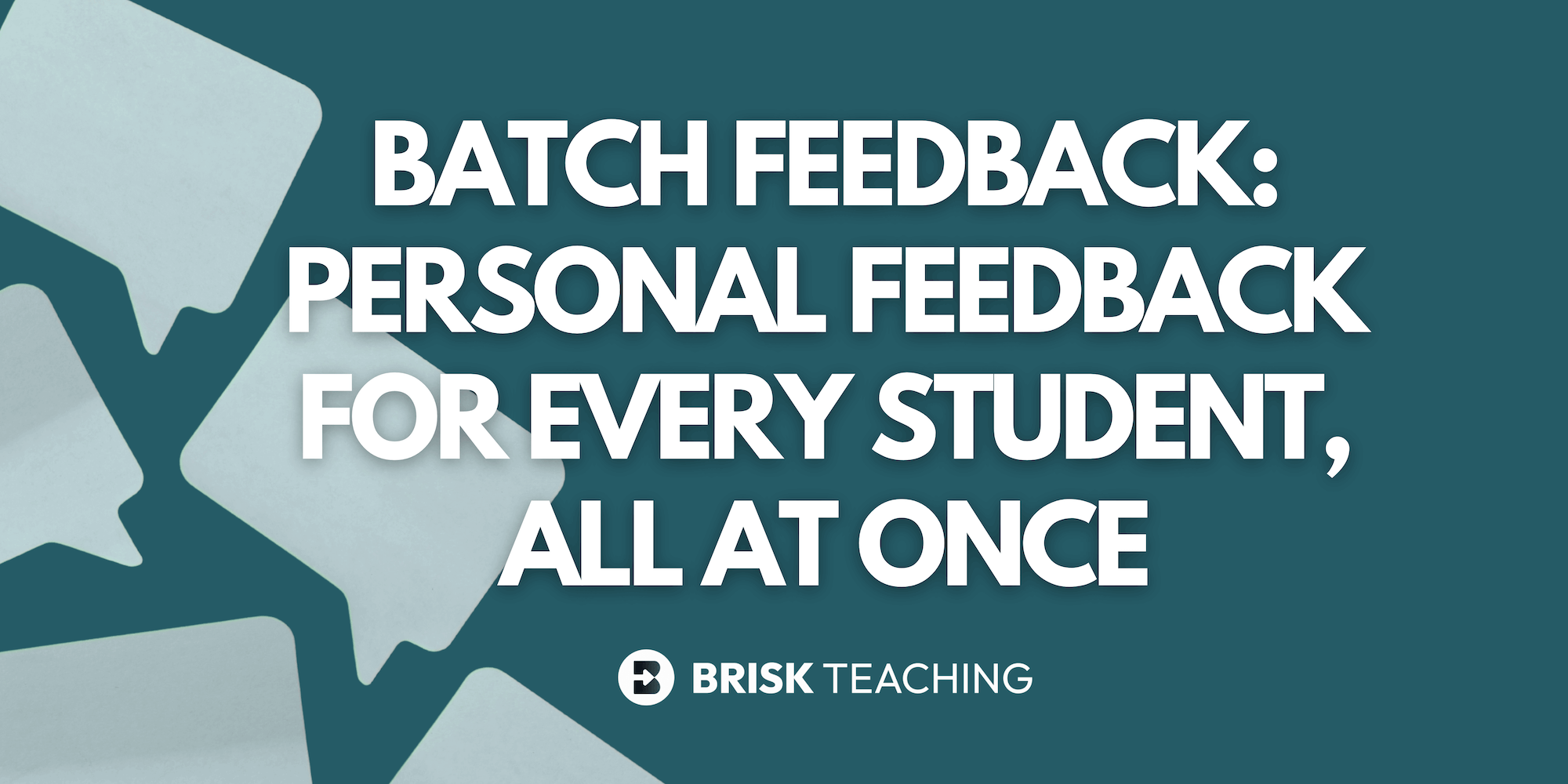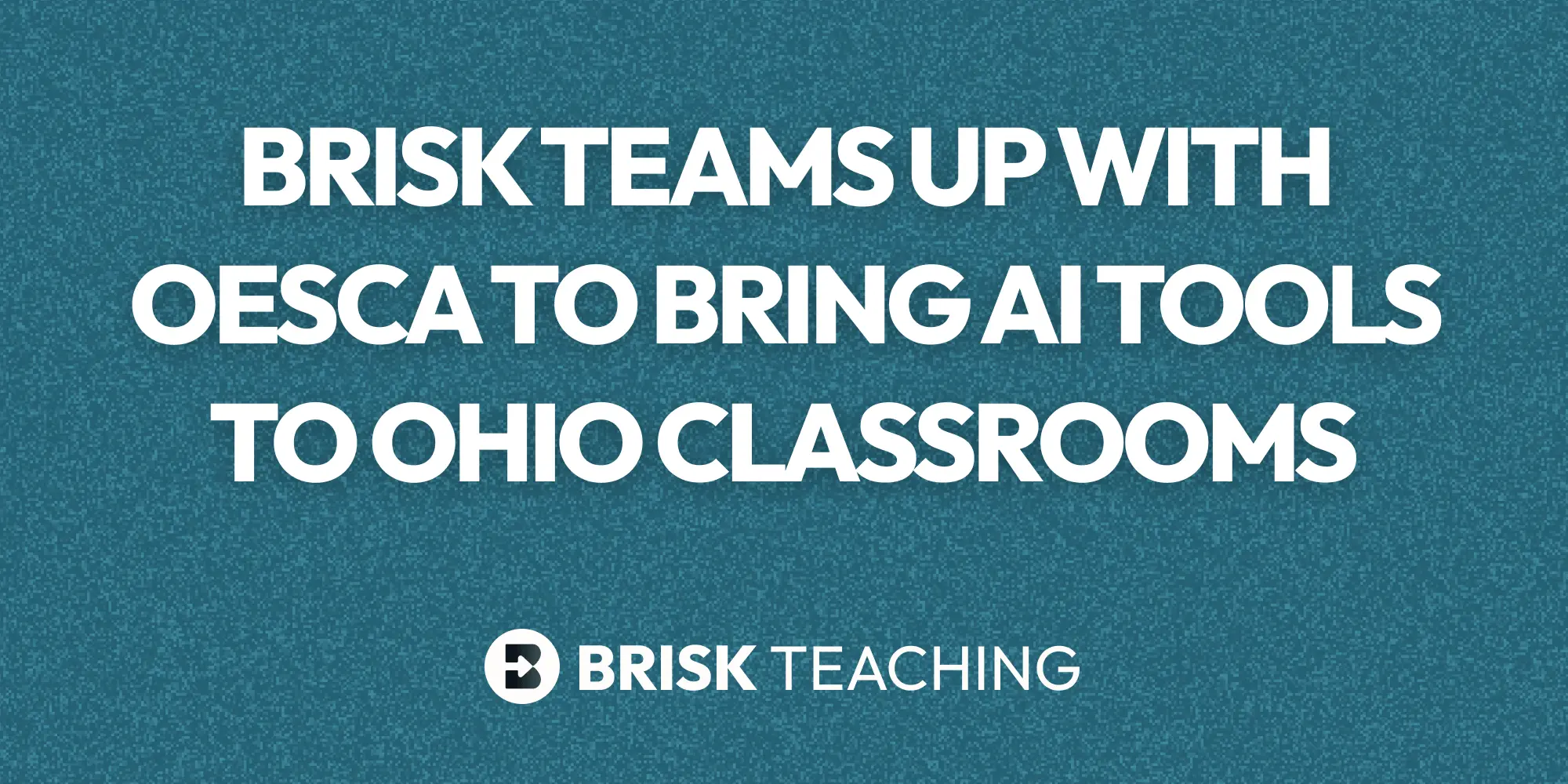Why Understanding Different Perspectives is Essential
Understanding point of view is important for students because it helps them become more thoughtful readers and writers. By recognizing how a story changes depending on who is telling it, students learn to analyze different perspectives and gain a deeper understanding of characters and events. It also improves their empathy and critical thinking, as they see how different viewpoints shape the way information is presented. This skill not only enhances their comprehension of literature but also encourages them to consider multiple sides of an issue in real-life situations.
Creating a Lesson Plan in 2 Minutes with Brisk: Step-by-Step Guide
Step 1: Install the Brisk Extension and pin Brisk to your browser toolbar.
Step 2: Open up a blank Google Doc and click the Brisk Chrome extension (“B” icon) in the bottom right corner of your screen.
Step 3: Click the ‘Create’ button and then click ‘Lesson Plan’.
Step 4: In the text box, type: “Point of View”
Step 5: Select the appropriate Grade level and Standard (optional).
Lesson Plan: Understanding Point of View
Grade Level: 4th Grade
Class Length: 50 Minutes
Common Core Standards:
- CCSS.ELA-LITERACY.RL.4.6: Compare and contrast the point of view from which different stories are narrated.
- CCSS.ELA-LITERACY.W.4.3: Write narratives to develop real or imagined experiences or events using effective technique, descriptive details, and clear event sequences.
---
Objectives:
- Students will be able to identify different points of view in a text.
- Students will understand how point of view affects a story's narrative.
- Students will practice writing from different points of view.
---
Materials Needed:
- Whiteboard and markers
- Copies of a short story (e.g., "The Three Little Pigs")
- Chart paper
- Markers
- Writing journals
---
Lesson Outline:
Introduction (10 minutes)
1. Hook: Begin with a question: "Have you ever heard a story from more than one person? How did their views change the story?"
2. Discussion: Briefly explain what point of view means. Introduce first-person, second-person, and third-person perspectives.
- First-person: The narrator is a character in the story (uses "I" or "we").
- Second-person: The narrator addresses the reader directly (uses "you").
- Third-person: The narrator is outside the story (uses "he," "she," "they").
Direct Instruction (15 minutes)
1. Read Aloud: Read "The Three Little Pigs" aloud to the class.
2. Identify Point of View: After reading, ask students:
- "What point of view is this story told from?"
- "How would the story change if it were told from the wolf's point of view?"
3. Chart Creation: On chart paper, create a chart with three columns labeled "First Person," "Second Person," and "Third Person." Fill in examples from the story in each column.
Guided Practice (10 minutes)
1. Group Activity: Divide students into small groups. Assign each group a different character from "The Three Little Pigs" (the pigs and the wolf).
2. Writing Exercise: Each group will write a short paragraph from their assigned character's point of view. Encourage them to think about how their character feels and what they see.
3. Share: Groups will share their paragraphs with the class.
Independent Practice (10 minutes)
1. Writing Prompt: Ask students to write a short story or paragraph from a different point of view (e.g., the wolf's perspective on the pigs).
2. Focus: Remind students to think about how the change in perspective affects the story.
Closing (5 minutes)
1. Review: Recap the different points of view discussed in class.
2. Exit Ticket: Ask students to write down one thing they learned about point of view on a sticky note and place it on the board as they leave.
---
Assessment:
- Monitor group discussions and written paragraphs for understanding of point of view.
- Review exit tickets to gauge individual comprehension of the lesson.
---
Extensions:
- For advanced students, introduce the concept of unreliable narrators and how that changes the perception of the story.
- For students needing additional support, provide sentence starters for their writing exercises.
---
This lesson plan will help students grasp the concept of point of view and its significance in storytelling while engaging them in both collaborative and individual activities.
Use Brisk to Customize This Lesson Plan in Just a Few Clicks
Need to tweak this lesson plan? Easily enhance it by adjusting the example story, adding scaffolded questions, or adding on advance skills. Or you can add-on a slide deck, like I did in this example. Here’s how to modify it in seconds:
Step 1: Install the Brisk Extension and pin Brisk to your browser toolbar.
Step 2: Click here to make a copy of this lesson plan.
Step 3: Click the Brisk Chrome extension (“B” icon) in the bottom right corner of your screen.
Step 4: Click the ‘Something Else’ button.
Step 5: Type in the text box and ask Brisk to adjust the lesson plan for your students. The more specifics you add, the more tailored your lesson plan will be!
.webp)
.webp)






